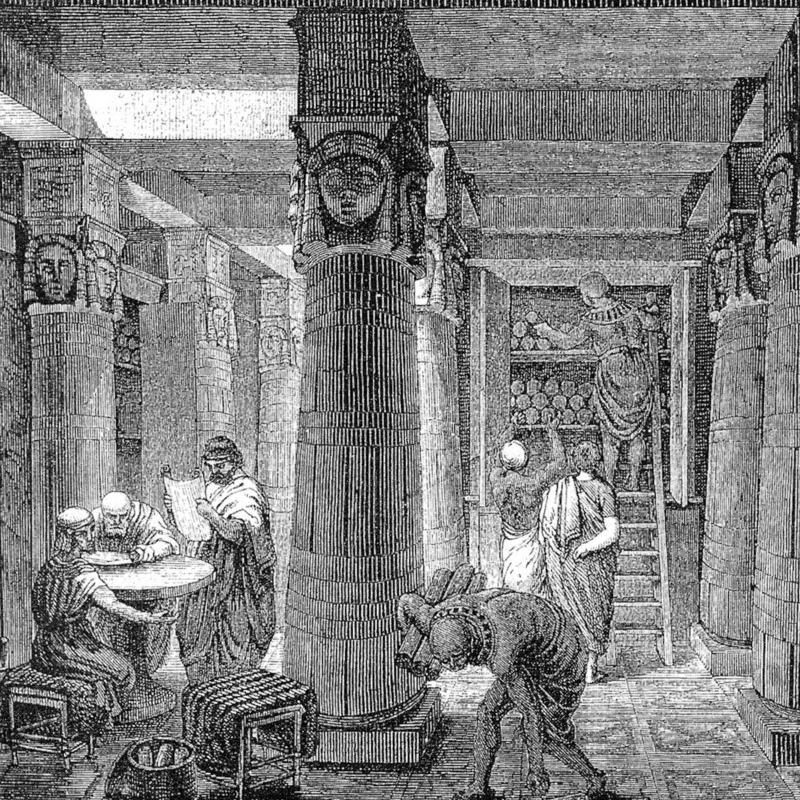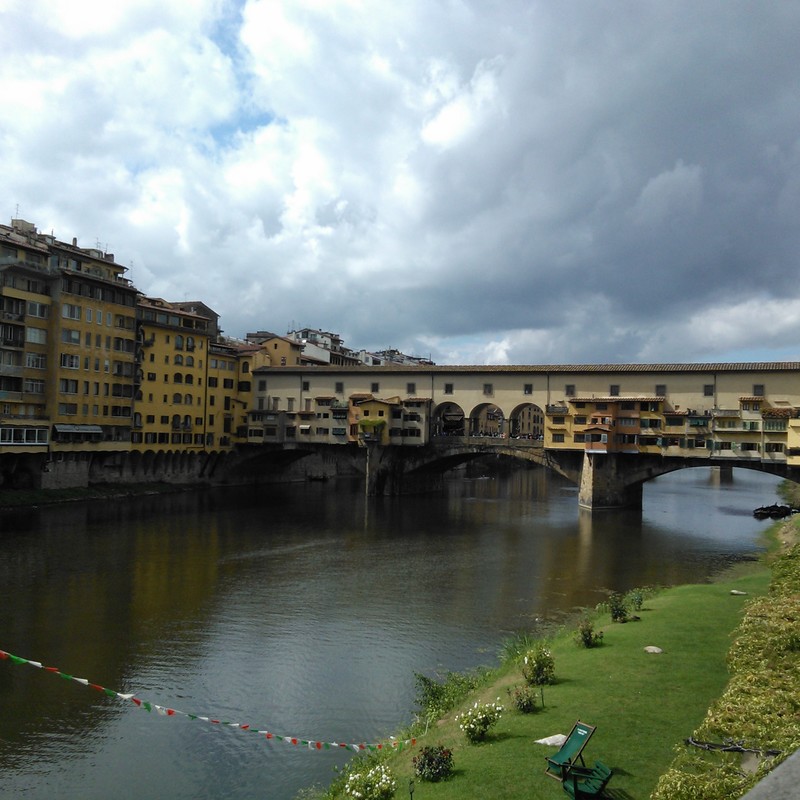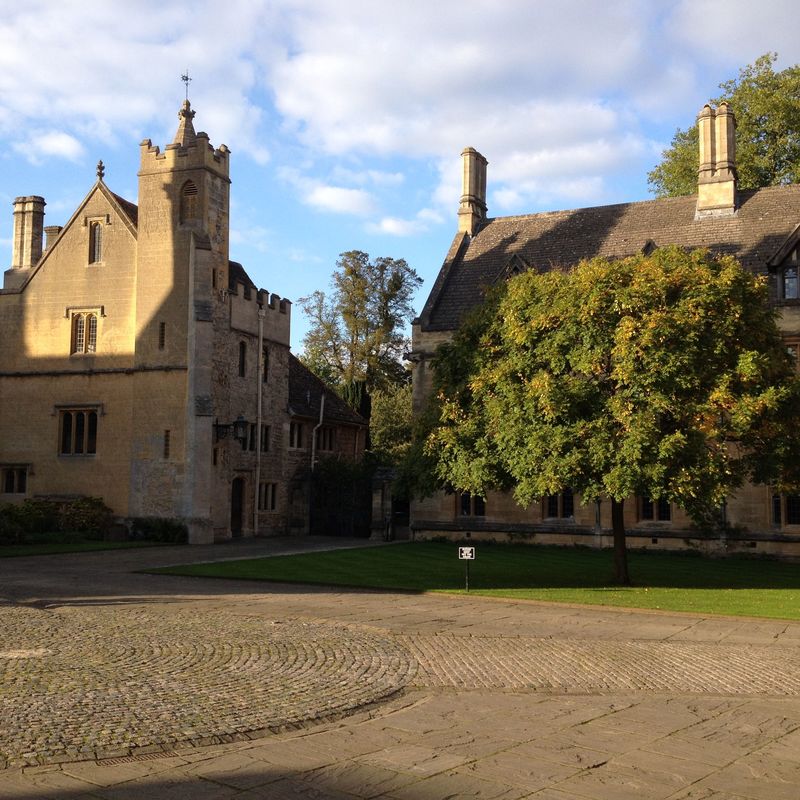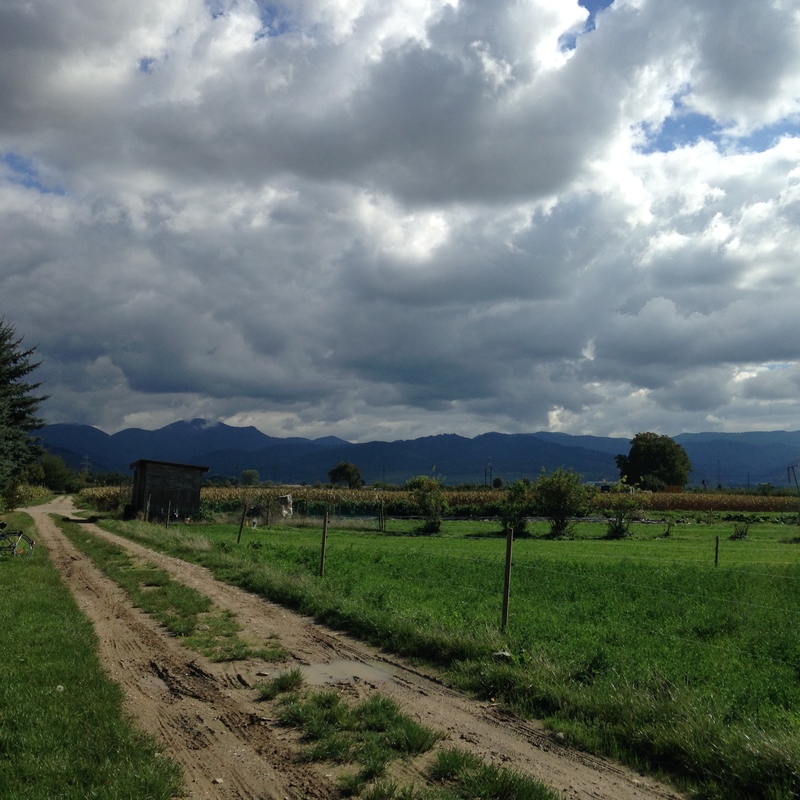Search
Between the Lines: The Language and Art of Death
DOI: 10.17160/josha.4.3.311
This short paper reflects on the attitudes that modern society has towards death, which affect and form the language that we use to describe death. The key domains of concern to the dying are described, as well as the patterns of social interactions. It explores how the visual arts can offer an alternate and cathartic form of communication of death, as shown by the patient experience with cancer. Ultimately, it encourages us to view medicine as an art, and also art as medicine.
PhD Student representation - Bridging the gap between science, service and politics
DOI: 10.17160/josha.4.3.310
Many universities have one or several doctoral colleges that train up to several hundreds of students. But different to undergrad students these PhD students are usually not part of any social groups or classes within the university. So it is the job of the PhD students itself to gather and share their experiences and expertise when it comes to start a new project or to wrap up your thesis and submit it to the final examination. At many universities PhD student representation is done by enthusiastic students that want to help their peers. This comment aims to outline the daily duty of student representatives. The subtitle “Bridging the gap between science, service and politics” outlines the vast opportunities a student representation has. Motivated students are able to organize conferences or science days, they can organize get togethers and horizontal transfer of ideas and methods, but they are also able to influence policy making at the university.
The JOSHA Demetrios Project: Monographs and Papers in any Language
DOI: 10.17160/josha.4.3.305
The JOSHA Demetrios Project: Monographs, Textbooks and Papers in any Language as “Books as Open Online Content (BOOC)” Das JOSHA Demetrios Projekt: Monographien, Lehrbücher und Artikel in allen Sprachen zur kostenlosen Lektüre und zum kostenlosen Download (Books as Open Online Content “BOOC”). With this issue, JOSHA is starting a new project, the Demetrios Project. We chose Demetrios of Phaleron, a student of Theophrastus and most probably of Aristotle, as the name patron of our project. Demetrios was instrumental in establishing the ancient Library of Alexandria, probably the largest and most significant library of the ancient world covering all aspects of Science, Humanities and the Arts in many different languages. It is our objective to open up JOSHA as a universally accessible, open access library to all languages and countries.
Editorial Volume 4 Issue 2
DOI: 10.17160/josha.4.3.299
In this issue, we once again have an amazing amalgamation of topics involving history, law, medicine and arts in 11 articles. The first article in this issue, contributed by Stephen Seiler, makes the readers revisit history. The article contributed by Frank Wertheimer addresses a key reform that has been made in the medical school education system in Germany. The contribution by Werner Schempp with his article ''Individuality and integrity of humans in the modern age: Considerations of a natural scientist'' gives the readers a food for thought. The authors Usman Al-Amin and group contributed two insightful articles on pharmaceutical boom and poverty reduction program in Nigeria. The author Charles Mark gives us fresh perspectives on the existing commercial agent's regulations in England and Scottland. Yet another exciting short story by Zazie-Charlotte Pfeiffer is refreshing and fun to read.
The Applicability of the Alien Tort Statute to Human Rights Violations by Private Corporations
DOI: 10.17160/josha.4.2.296
The Supreme Court of the United States in April 2017 announced to decide on an issue that is not uniformly assessed by US circuit courts: The highest US court granted the petition for certiorari on the question whether private corporations can be sued under the Alien Tort Statute of 1789, a rather cryptic US law that allows foreign plaintiffs to sue defendants before US courts for their violations of international (human rights) law. Among the circuit courts, the famous Kiobel decision of the Second Circuit was the only opinion that denied that corporations can be held accountable under the Act. Now the Supreme Court is going to rule on the contentious question, the answer to which will possibly have implications for the human rights litigation worldwide. Affiliation: University of Michigan Law School.
Scientific cooperation between Italy and Israel: A perspective looking to the future
DOI: 10.17160/josha.4.2.294
From renewable energy through neuroscience, from chemistry to nanotechnology, the scientific cooperation between Italy and Israel touches many fields and involves hundreds of scholars and students in both countries. We identify the main research policy factors that led to this successful outcome, and those that might drive forthcoming cooperation between these two Mediterranean countries whose science linkages have a long and significant history.
Derivation of a Shortened Research Instrument for Measuring Alcohol and Other Drug (AOD) Attitudes in a Screening, Brief Intervention, and Referral to Treatment (SBIRT) Training Program
DOI: 10.17160/josha.4.2.290
The Alcohol and Alcohol Problems Perception Questionnaire (AAPPQ) is a survey for evaluating the attitudes of clinicians towards patients with alcohol use disorders. A locally-developed research instrument for a Screening, Brief Intervention, and Referral to Treatment (SBIRT) training program, the Survey of Attitudes and Perceptions, incorporates the AAPPQ to measure changes in the attitudes of healthcare professionals pre- and post-training. To ease the burden of the research instrument, a derivation study was undertaken using Principal Component Analysis (PCA) to derive fewer statements from each factor of the AAPPQ. The original 30-statement AAPPQ was reduced to 13 statements, representing the six factors of the AAPPQ and showing qualities of coherence, non-redundancy, and reliability. The 13 corresponding Drug and Drug Problems Perceptions Questionnaire were also included in the revised SAP instrument.
Commercial Agents (Council Directive) Regulations 1993: English and Scottish commercial courts interpretations of the law reflect reality
DOI: 10.17160/josha.4.2.289
This article seeks to analyse whether the ways Commercial Agents (Council Directive) Regulations 1993 have been interpreted prove that English and Scottish commercial courts understand commercial law as a mirror to the changing nature of commercial practices. This article is divided into two parts. The first part will examine those main confusions that arise from the Regulation. Furthermore, the article will discuss whether the English and Scottish commercial courts have clarified their scope of application and ensure their efficiency in protecting commercial agents by their interpretation of the regulations.
The Growth of Pharmaceutical Business in Borno State, Nigeria, 1976-1999
DOI: 10.17160/josha.4.2.286
Pharmaceuticals, especially drug distribution, are so priceless that no nation can survive without them. This business has virtually touched the lives of people in so many ways. This work focuses on pharmaceutical business in Maiduguri, Borno State of Nigeria from 1976 to 1999. Primary and secondary sources generated from interviews and documentary data from libraries and other centers formed the bedrock of the data used herein. The primary sources included: interviews with present pharmaceutical operators, random sample interviews with wholesalers, retailers, peddlers, pharmacists, and individuals of the Borno State Ministry of Health, NAFDAC officials as well as some of the oldest operators of pharmaceutical stores in Borno State.
The Role of Community-Based Agricultural and Rural Development Programme in Poverty Reduction in Bursari Local Government Area of Yobe State, Nigeria: 2005-2009
DOI: 10.17160/josha.4.2.285
The Community Base Agricultural and Rural Development Programme (CBARDP) in conjunction with International Fund for Agricultural Development (IFAD subsequently referred as CBARDP/IFAD) is an important poverty reduction programme. The programme contributed to the improvement of the lives of the people, particularly the vulnerable in poor rural participating areas, which also helped in the prevention of degradation of the environment. This study examines the role of the programme in poverty reduction in the participating communities of Guba, Kaliyari, and Kurnawa in Bursari Local Government Area of Yobe State, Nigeria from 2005–2009. In doing so, examination of relevant materials and conduction of interviews with some of the beneficiaries of the scheme and staff of the programme formed the sources of data used in analysing the impact of the programme.

.jpg?1502886673)

.jpg?1499535553)





